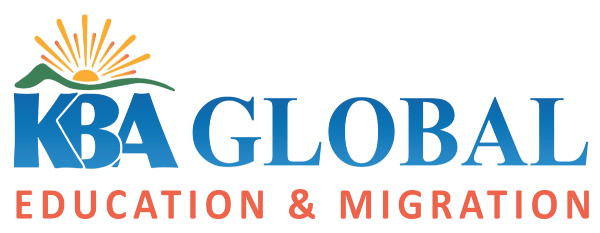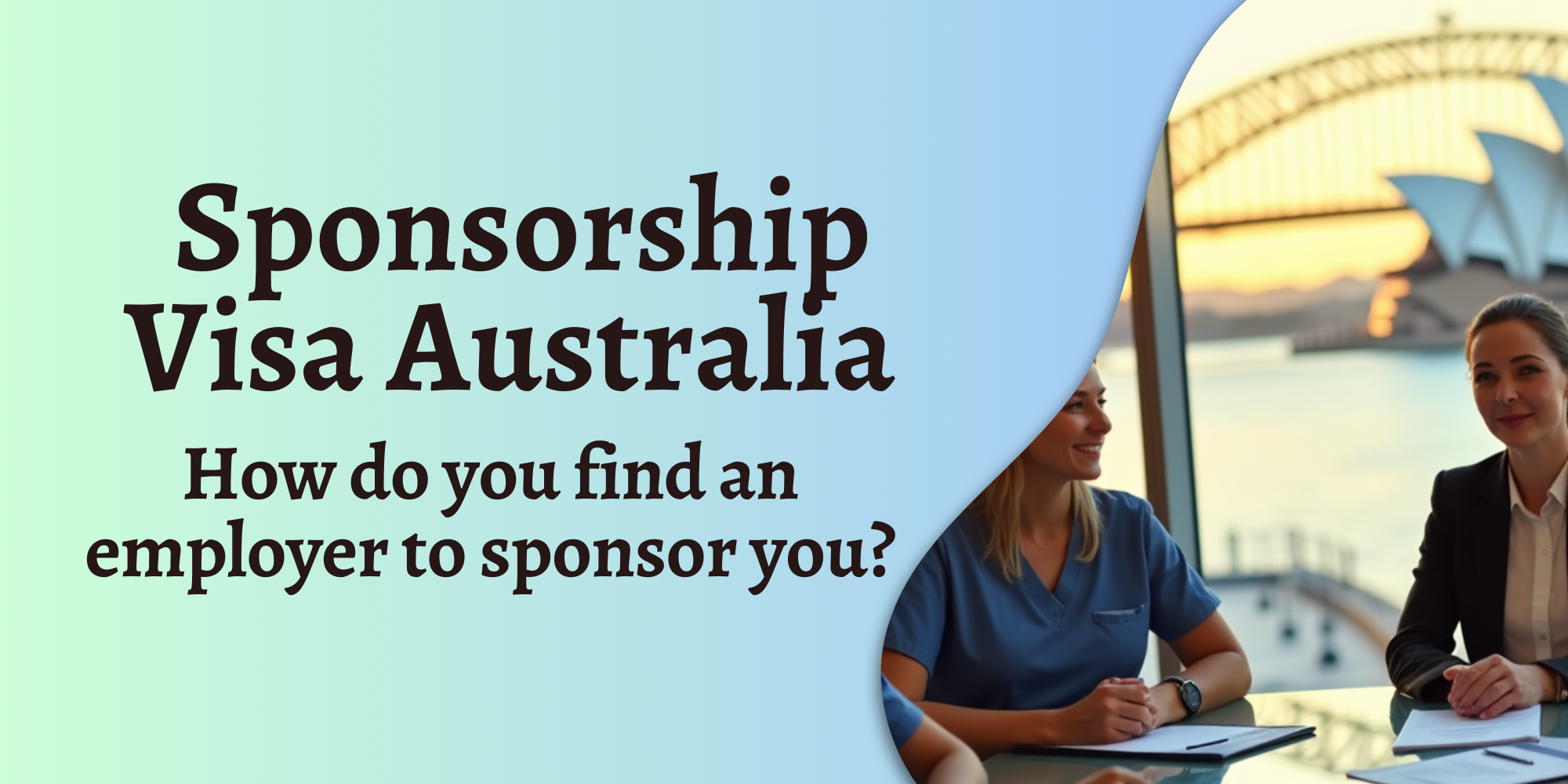Dreaming about working as a software developer in Sydney or a registered nurse in Melbourne. These dreams can become reality through Australian sponsorship visas. Did you know that there are 456 occupations that qualify for sponsorship opportunities? Skilled professionals in these roles often secure positions with salaries ranging from AUD 80,000 to AUD 120,000.
December 2023 marked a significant shift in Australian migration with the launch of a new migration strategy. The change has made employer sponsorship an attractive pathway for professionals seeking permanent residency in Australia.
Your journey might start with a four-year Temporary Skill Shortage (TSS) visa or lead directly to permanent residency through the Employer Nomination Scheme. The recent changes bring good news for experienced professionals: the age limit has expanded from 45 to 50 years for select skilled visas.
Ready to turn your Australian career dreams into reality? Let’s walk through the sponsorship pathways and discover how to connect with employers eager to support your Australian journey.
Understanding Sponsorship Visas in Australia
Australian sponsorship visas create a bridge between skilled overseas workers and local employers who support their visa applications. These visas help Australian businesses fill crucial skill gaps when local talent proves scarce.
Three distinct sponsorship pathways await skilled professionals:
- Skills in Demand (SID) visa (subclass 482): stay periods of 1-4 years
- Employer Nomination Scheme (subclass 186): direct path to permanent residency
- Skilled Employer Sponsored Regional visa (subclass 494): 5-year regional pathway
Each visa type carries specific requirements. The SID 482 demands 12 months of relevant work experience. Those pursuing the ENS 186 must complete a skills assessment under the Direct Entry stream, barring exemptions. Regional visa holders commit to 5 years in designated areas under the 494 stream.
Sponsorship creates a win-win situation for all parties involved. Employers gain access to worldwide talent pools, addressing their specific skill shortages. After 2 years of full-time work, businesses can support their temporary workers’ transition to permanent residency.
Sponsored employees enjoy remarkable benefits. Your salary package matches Australian market standards. Family members can join you in Australia, and you’ll have access to Medicare benefits. The greatest advantage? Many sponsored visas pave the way to permanent settlement in Australia.
These employer-sponsored pathways strengthen Australia’s workforce fabric. While businesses maintain steady growth, skilled professionals find meaningful opportunities to contribute to Australia’s thriving economy.

Essential Requirements for Sponsorship
Success with your sponsorship visa application depends on meeting key eligibility criteria. Let’s explore what you’ll need to qualify.
1. Skills and Qualifications Needed
Your skills must align perfectly with your nominated occupation under ANZSCO guidelines. The Direct Entry stream requires a formal skills assessment. Some roles need additional registration or licencing after visa approval. Professional roles under ANZSCO groups 1, 2, 4, 5, and 6 qualify for the Specialist Skills stream when earnings surpass the specified income threshold.
2. English Language Requirements
Prove your English proficiency through tests at approved testing centres. Choose from these recognised tests:
- International English Language Testing System (IELTS)
- Pearson Test of English (PTE)
- Cambridge English (CAE)
- Occupational English Test (OET)
- Test of English as a Foreign Language (TOEFL iBT)
Remember, online or at-home test results won’t count for migration. Note that TOEFL iBT results between 26 July 2023 and 4 May 2024 are invalid for applications.
3. Age and Experience Criteria
Most applicants should be under 45 years old when applying. Special provisions exist for high-income professionals and specialists like doctors, academics, and scientists.
Your work history matters significantly. You’ll need 12 months of experience in your nominated field or related area, gained within the previous five years. While part-time work counts on a pro-rata basis, casual roles don’t contribute to this requirement. For example, working half-time means you’ll need to show 4 years of experience.
How to Find Sponsorship Opportunities
Want to know the secret to finding Australian employers who offer sponsorship? The key lies in the smart targeting of companies already familiar with international recruitment. Focus your search on accredited sponsors who regularly welcome overseas talent.
Research Potential Employers
Start your journey at the Department of Home Affairs website. Here you’ll find lists of accredited sponsors and employers with labour agreements. Healthcare, engineering, IT, and education sectors currently face skill shortages, making them excellent targets for your search.
Quality trumps quantity in your applications. Rather than sending identical CVs everywhere, take time to understand each company’s unique needs. Successful candidates stand out by showing genuine interest in their potential employer’s mission and values. Your research into company objectives could make the difference between success and rejection.
Use Job Search Platforms Effectively
These platforms offer the best chances of finding sponsorship roles:
- SeeSeek: Yourteway to Australia’s largest job market
- LinLinkedIn: Perfectr professional connections and job hunting
- Indeed Australia: Worldwide opportunities with local focus
- Jora: Direct Access to Australian employers
Make your search smarter with specific keywords like ‘482 sponsorship’ or ’employer sponsor’. Set up daily alealerts—you’ll neverss fresh opportunities.
Professional recruitment agencies could become your strongest allies. Specialists like Hays Recruitment, Michael Page and Robert Walters maintain strong relationships with sponsorship-friendly employers.
Don’t let your application disappear into the void. Follow up within a week to confirm receipt and learn about next steps. Even without advertised positions, keep in touch with hiring managers monmonthly; you might hear about opportunities before they go public.
Preparing Your Sponsorship Application
Ready to submit your sponsorship application? The preparation phase demands meticulous attention to detail. Most applicants spend 2-4 weeks gathering their documentation.
Required Documents
Your application package must include these crucial papers:
- Identity proof and biometric details
- Financial statements and work contracts
- Health examination certificates
- Sponsor relationship evidence
- Employer’s business activity records
- Company structure charts with reporting lines
Skills Assessment Process
Professional bodies will evaluate your qualifications and work history. Plan head; assessments especially need 2-3 months. Smart applicants start this process well before their target employment date.
Visa Costs and Timeline
Your visa journey involves three separate payments:
The sponsorship application costs AUD 642.18, plus a nomination fee of AUD 540. Main applicants pay AUD 4,770 for their visa. Partners and adult children face the same fee, while children under 18 require AUD 1,192.61.
Processing speeds depend on your application quality. Complete applications move smoothly through assessment. Current Department timelines show 50% of permanent skilled visas finalised within 7 months. Temporary skilled visas often receive decisions in 45 days.
Budget for extra costs like medical checks: AUD 596.31 per adult and AUD 519.86 per child. Your employer contributes too, paying a Skilling Australians Fund levy between AUD 1,834.79 and AUD 2,752.18 yearly, based on their turnover.
Conclusion
Picture yourself receiving that coveted Australian job offer. Your dream of working Down Under stands just a few careful steps away. The path to sponsorship success combines smart planning with thorough preparation.
What makes applications stand out? The magic happens when your unique skills perfectly match both visa requirements and employer needs. Successful professionals focus their energy on skill-shortage sectors and build meaningful connections with potential employers.
Think of your application journey like building a house – every brick matters. From your skills assessment foundation to your carefully prepared documentation roof, each element strengthens your case. While costs and waiting periods might seem daunting, proper groundwork smooths your path significantly.
Your Australian career adventure awaits. You now hold the knowledge about sponsorship pathways, job search techniques, and application requirements. Remember, thorough research, polished applications, and steady patience form the winning combination. You can also speak with a migration agent if you need professional advice. Take that first step today and let your Australian dream take flight.

